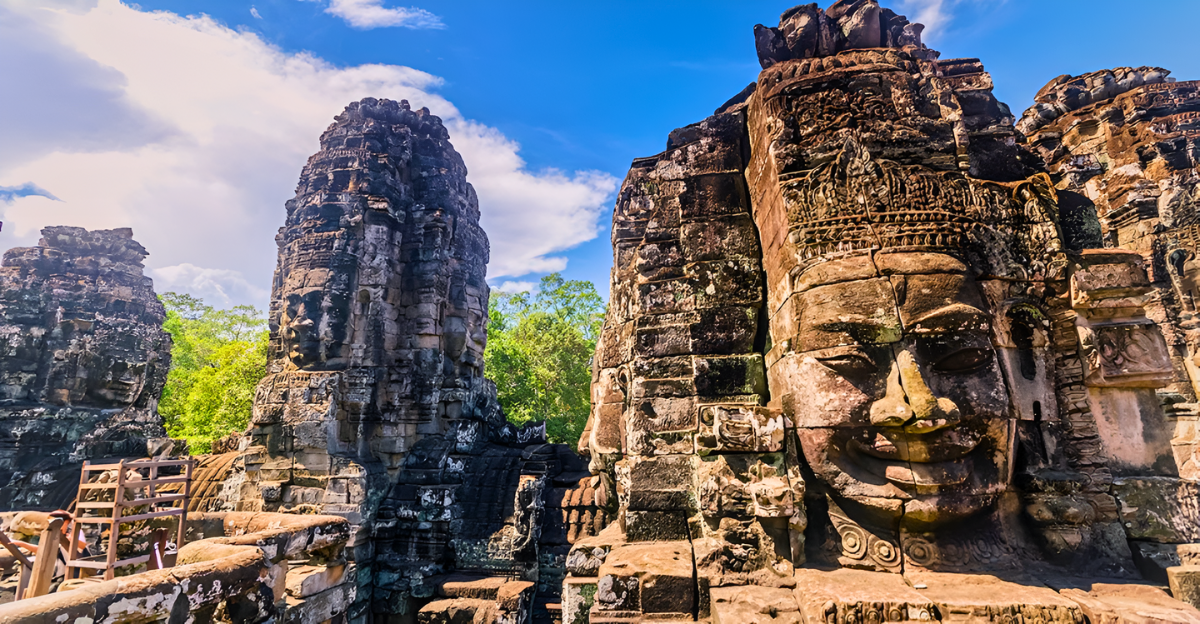
Ancient civilizations shaped the foundations of modern life in ways still felt today. Archaeological evidence shows that early urban planning, legal systems, and technology created a base for contemporary society. These societies didn’t simply vanish; they left behind ideas and innovations that became part of human progress.
Many of their contributions go unrecognized. From water systems to city grids, their discoveries quietly guide how we live, trade, and govern. Understanding these civilizations reveals how much of the modern world is built on the achievements of people long gone.
How Cities Learned to Run Themselves
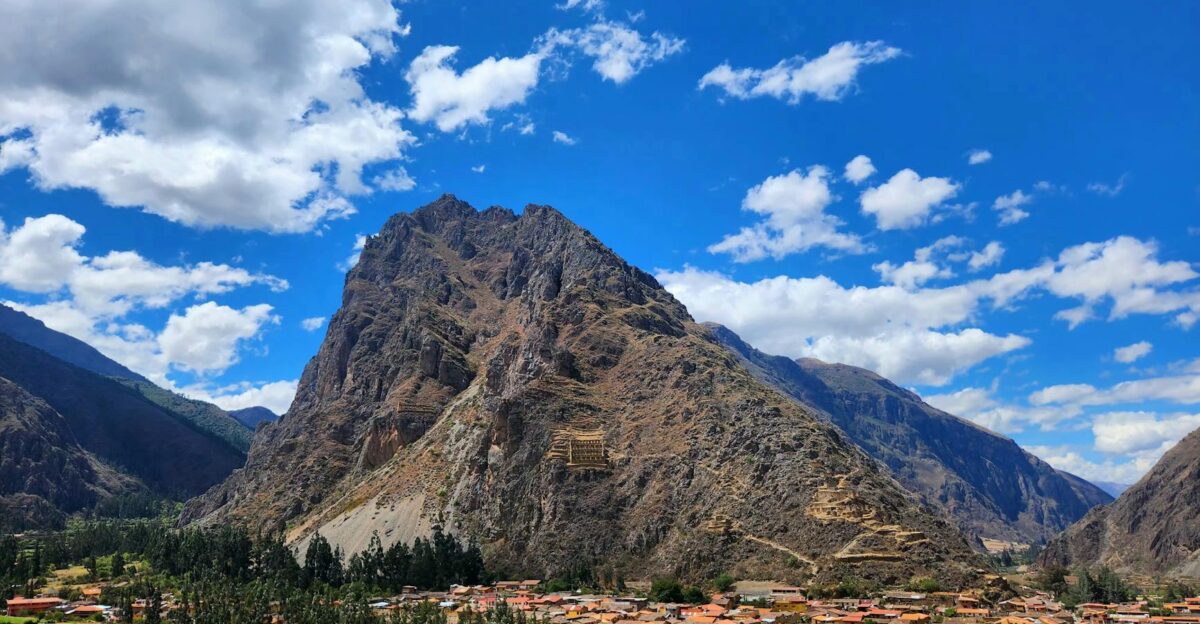
The Indus Valley Civilization (c. 3300–1300 BCE) pioneered city design with remarkable sophistication. Excavations at Mohenjo-daro and Harappa show grid-pattern streets, standardized bricks, and covered drainage systems dating to 2500 BCE. Private wells and flush toilets connected to city sewers predated Rome by over 2,000 years.
These early cities included inspection holes for maintenance and terracotta pipes for upper-floor bathrooms. Their urban planning created public health and sanitation systems that influenced later civilizations. Modern city grids and sewer networks reflect the ingenuity of these early urban planners.
Ancient Math and the Stars
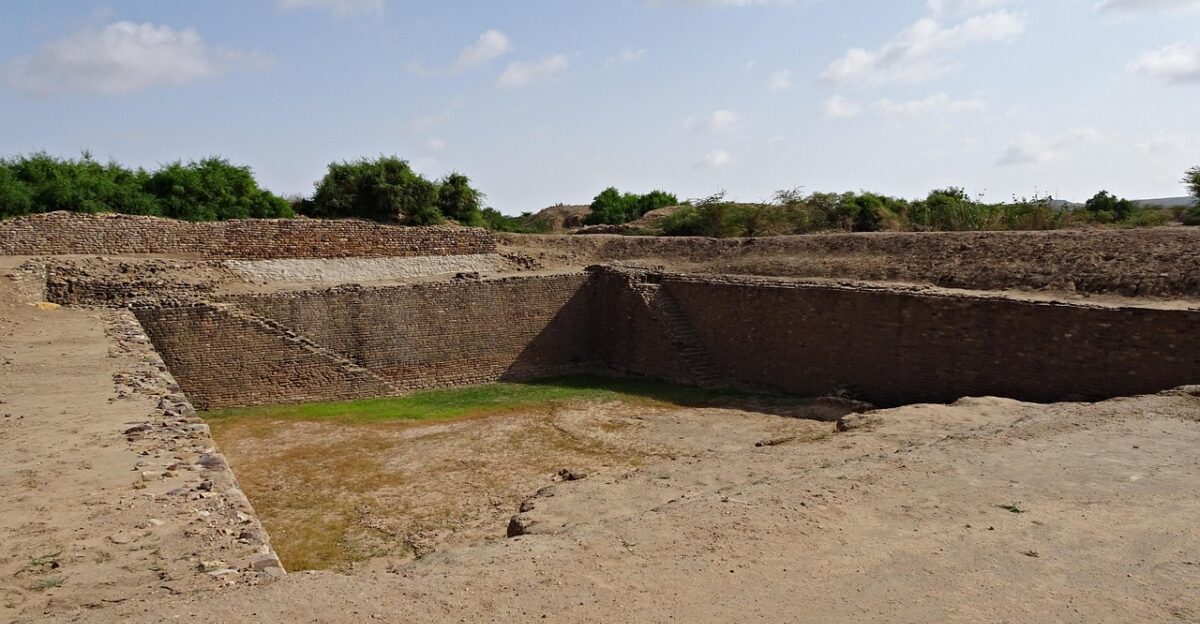
The Maya (c. 2000 BCE–1500 CE) developed advanced mathematics and astronomy. They independently invented zero and a base-20 number system. Their Venus calculations were almost exact, 584 days versus today’s 583.92 days.
The Maya Long Count calendar tracked multiple cycles with impressive accuracy. They predicted eclipses and celestial events centuries in advance. These mathematical tools guided architecture and ritual life. Their work demonstrates how sophisticated knowledge can develop in isolation and leave a lasting influence on science and society.
Masters of Desert Trade
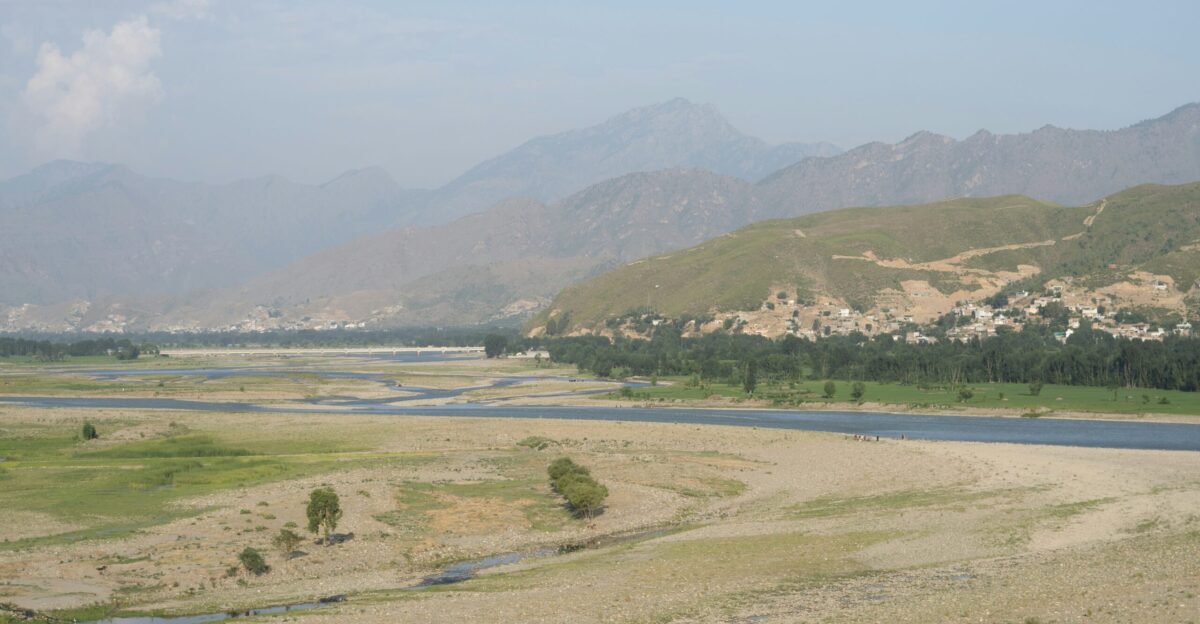
The Nabataeans (4th century BCE–106 CE) managed water to power a trade empire. At Petra, pressurized pipelines carried water over five miles with precision. Ceramic pipes, settling basins, and carved channels ensured steady water flows in a harsh desert.
They built entire cities into rock faces while maintaining trade from the Mediterranean to India. Their engineering allowed urban life in impossible conditions. These innovations influenced water management across the ancient world and provide lessons for modern arid-region engineering.
Temples That Flew Above Water
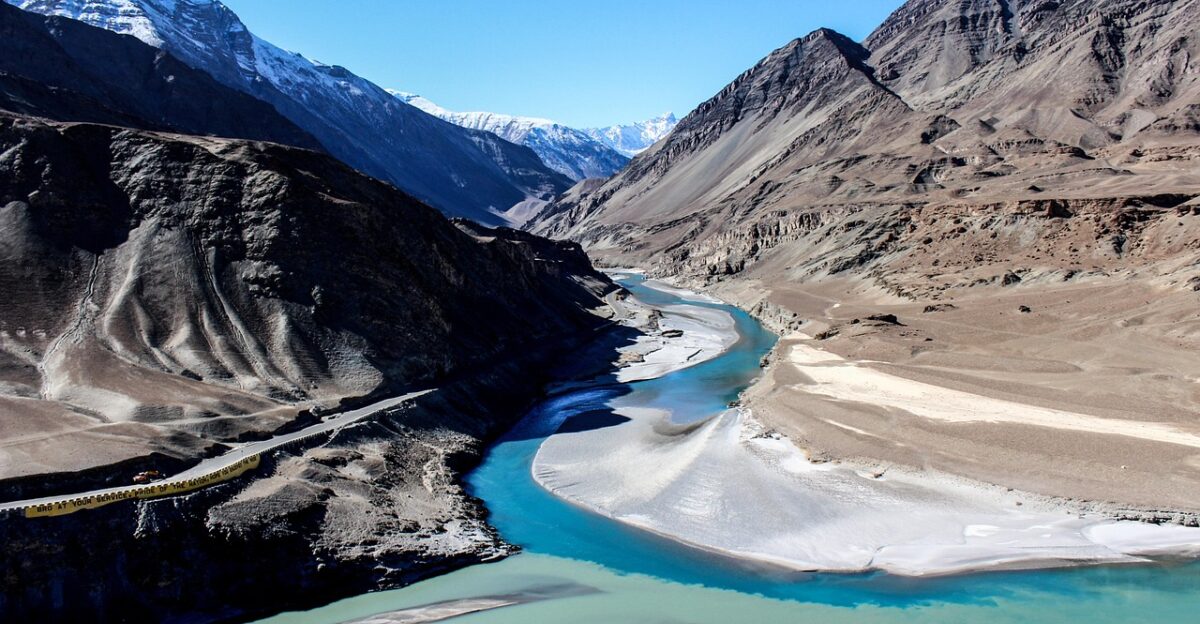
The Khmer Empire (802–1431 CE) built Angkor, a city covering over 1,000 square kilometers. Engineers managed water so temples “floated” on stable water tables, avoiding collapse. Massive reservoirs called barays, like the West Baray, held 53 million cubic meters of water.
This hydraulic network supported up to one million people. It allowed farming and city life in tropical conditions. Angkor’s design shows how engineering and urban planning could sustain massive populations long before industrial technology.
Now that we’ve seen how these ancient powers reshaped the world, let’s look at the ten forgotten civilizations that left behind legacies still shaping our lives today.
#10 Rapa Nui (Easter Island)
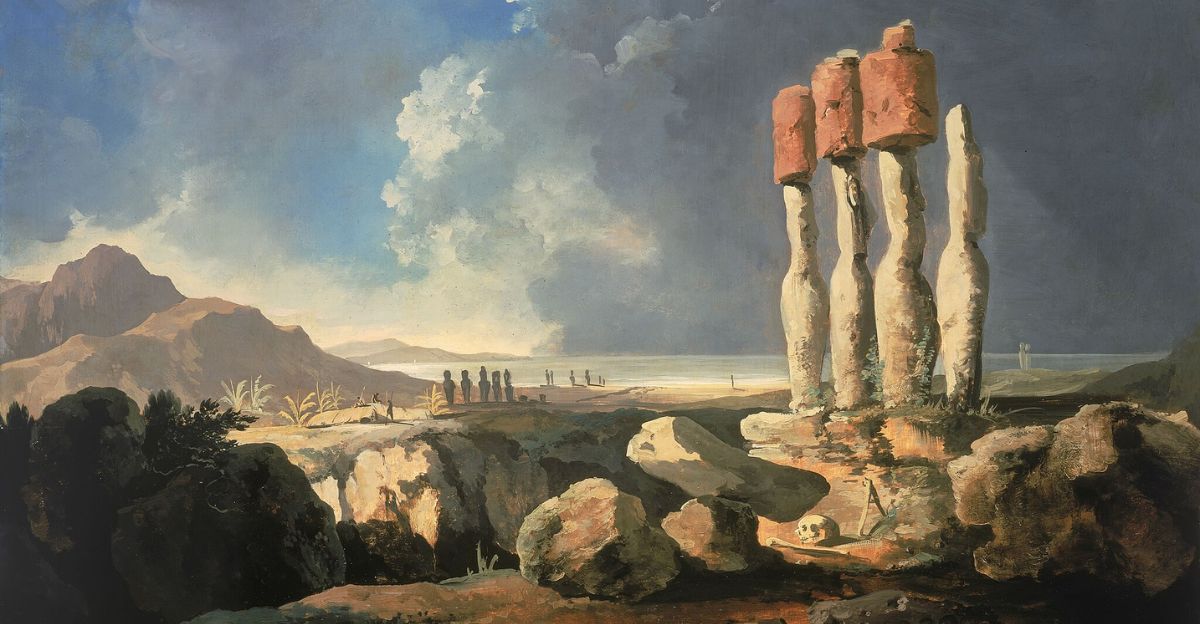
Recent DNA research (Nature, September 2024) disproves the “ecocide” theory. Analysis of 15 ancient individuals (1670–1950 CE) shows no population collapse before European contact.
The Rapa Nui population grew steadily until Peruvian slave raids in the 1860s removed a third of the people. Moai statues were cultural achievements, not signs of ecological disaster. Their society thrived in isolation for centuries, proving that remote communities could sustain complex social structures.
#9 Tiwanaku
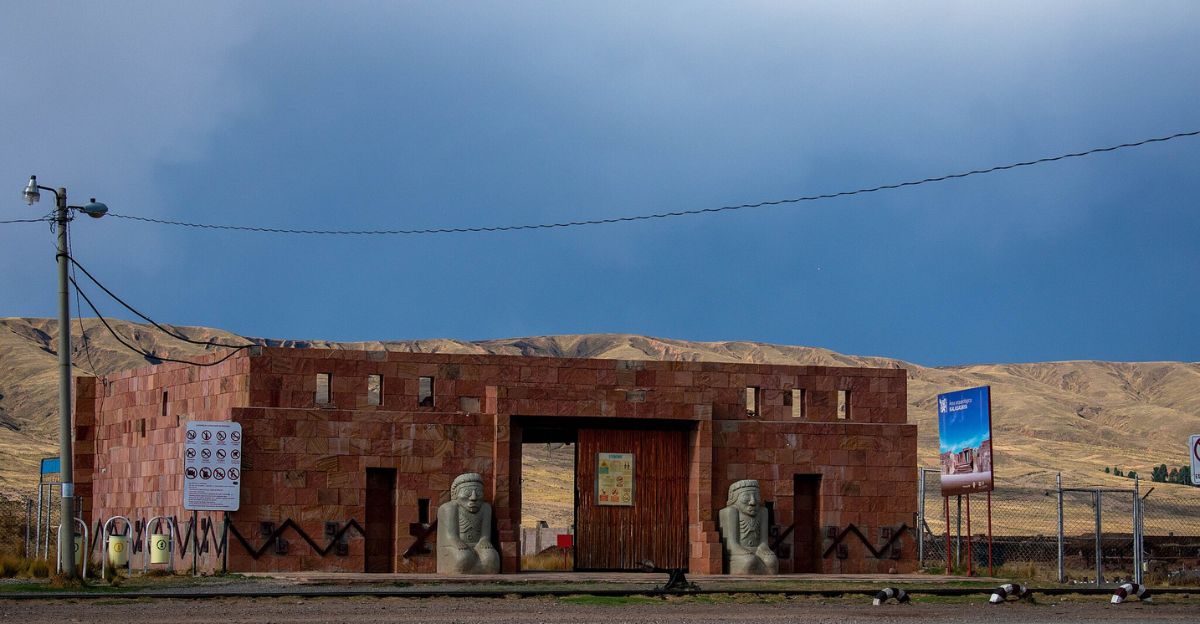
Tiwanaku (c. 300–1000 CE) farmed at 12,500 feet near Lake Titicaca using raised-field agriculture. Water-filled canals absorbed heat during the day and released it at night, protecting crops from frost.
These fields produced 21 tons of potatoes per hectare, compared to 2.4 tons using traditional methods. Fish farming added protein and fertilizer. Their farming system supported over 500 years of civilization in harsh conditions, demonstrating ingenuity in adapting to extreme environments.
#8 Cucuteni-Trypillian
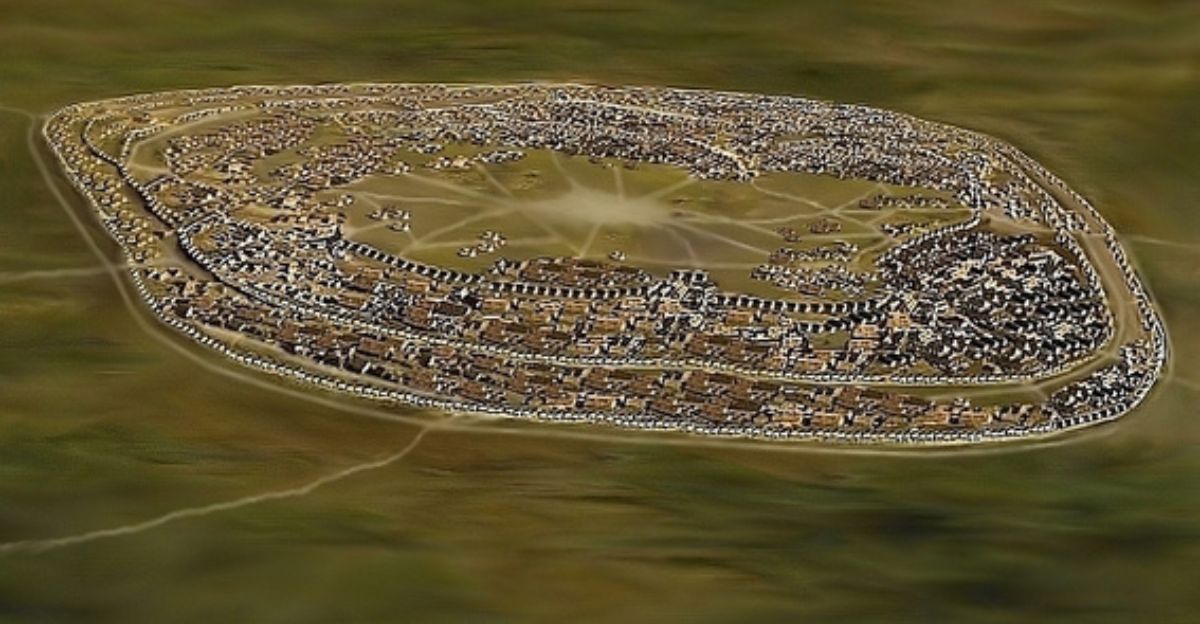
Between 5500–2750 BCE, Cucuteni-Trypillian settlements in Moldova, Romania, and Ukraine covered up to 340 hectares with 3,000 structures. Populations may have reached 46,000.
They burned settlements every 60–80 years as a renewal method, not destruction. Houses were arranged in concentric circles with planned layouts. These early urban designs show social organization, long-term planning, and communal cooperation far ahead of their time.
#7 Hittites
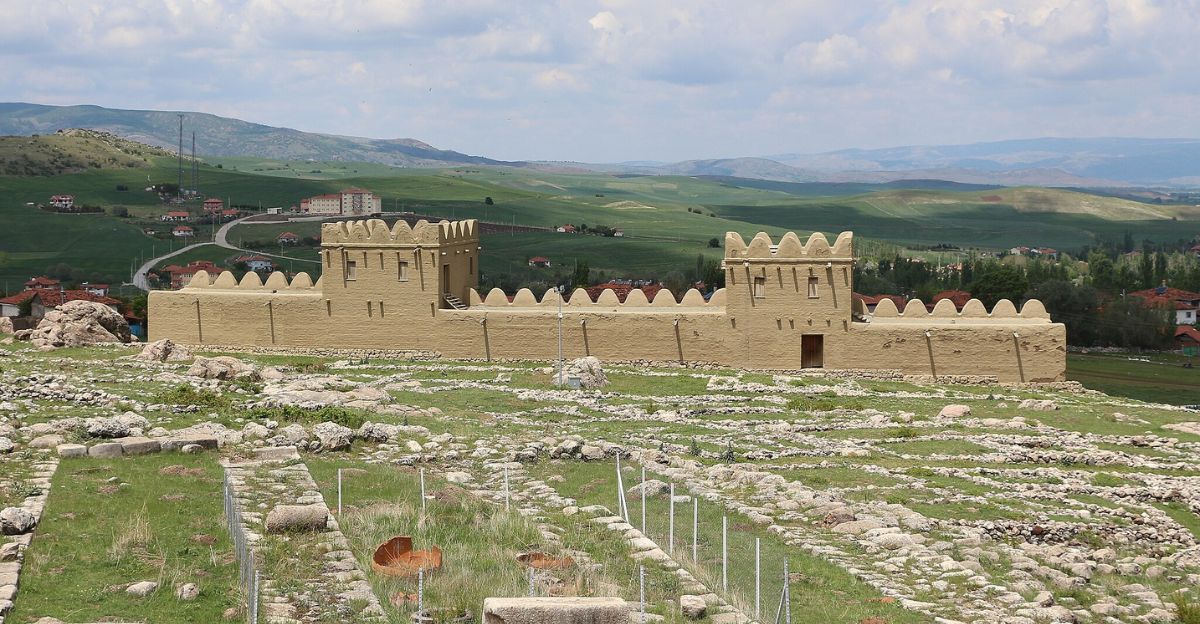
The Hittites (c. 1600–1178 BCE) replaced executions with fines for crimes like theft, reducing penalties from 30 times an item’s value to half. They established a constitutional monarchy with the Panku assembly limiting royal power.
Their advanced metallurgy and chariot warfare made them a regional power. Hittite legal reforms influenced concepts of proportional punishment still seen today. These systems combined governance, law, and military strategy to sustain a powerful civilization.
#6 Mississippians
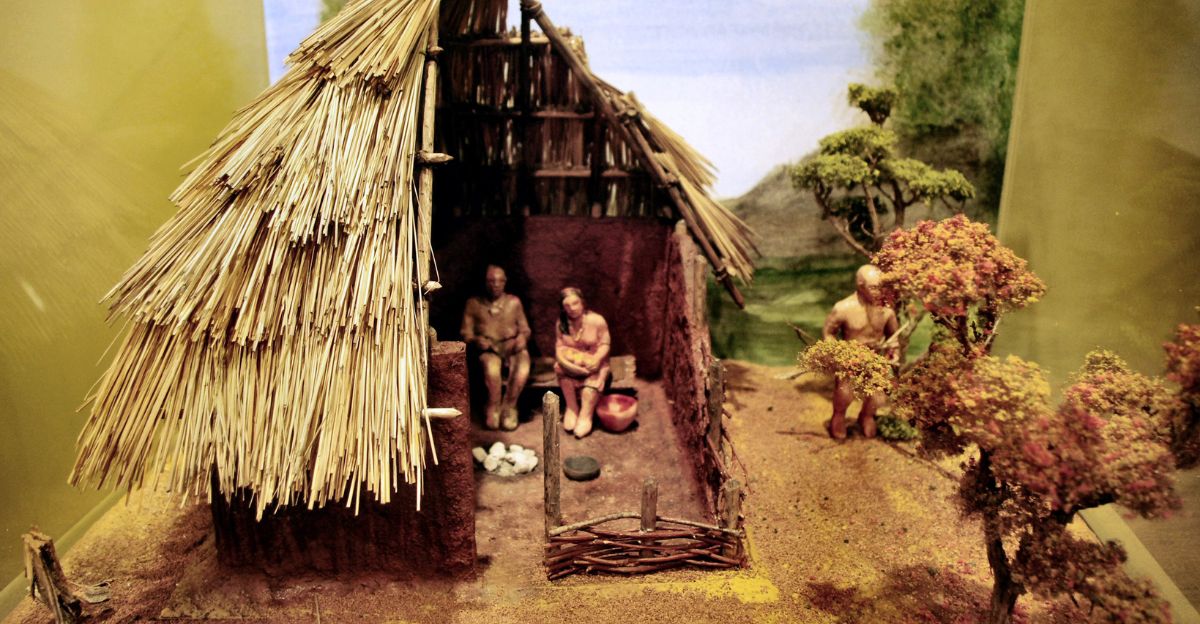
Cahokia (c. 1050–1350 CE) near St. Louis held 15,000–20,000 people at its peak. The city covered 6 square miles with 120 mounds, including Monks Mound, 100 feet high.
Cahokia featured astronomical observatories and extensive trade networks from the Great Lakes to the Gulf Coast. Its population may have rivaled contemporary London. This early urban center shows North America had advanced societies long before European contact.
#5 Olmecs
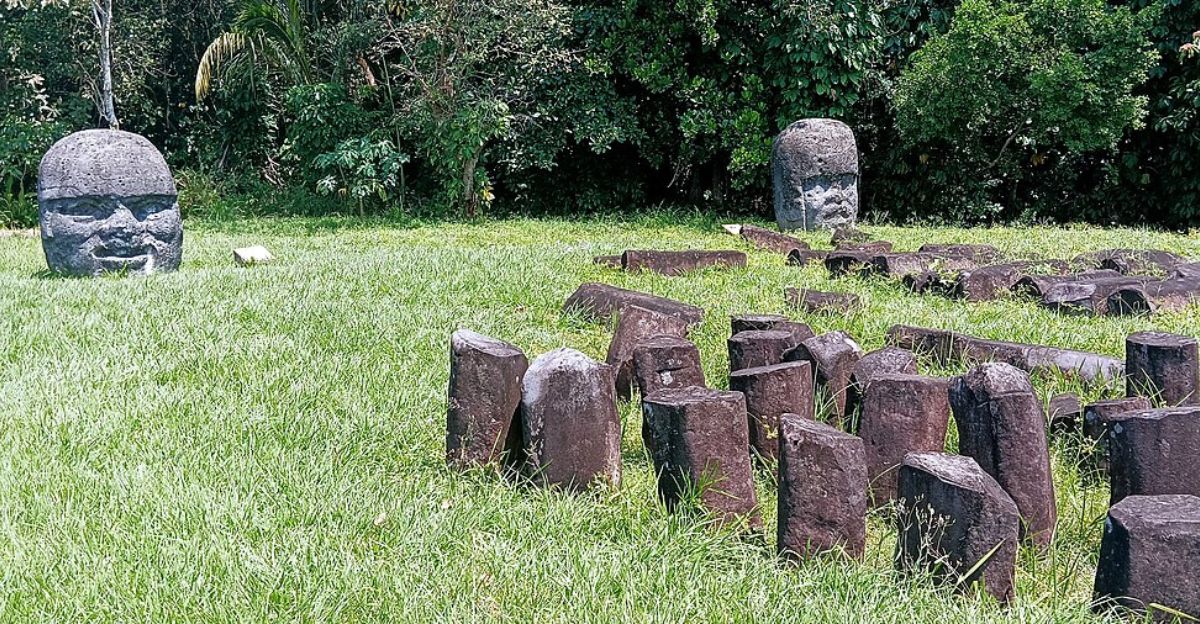
Olmecs (c. 1200–400 BCE) carved 17 colossal basalt heads weighing 20–40 tons from quarries over 50 miles away. They developed writing, calendars, and the concept of zero.
They built the first Mesoamerican ball courts and processed rubber. Olmec culture influenced the Maya and Aztec civilizations. Their innovations in art, sport, and mathematics created the foundation for all future Mesoamerican societies.
#4 Nabataeans
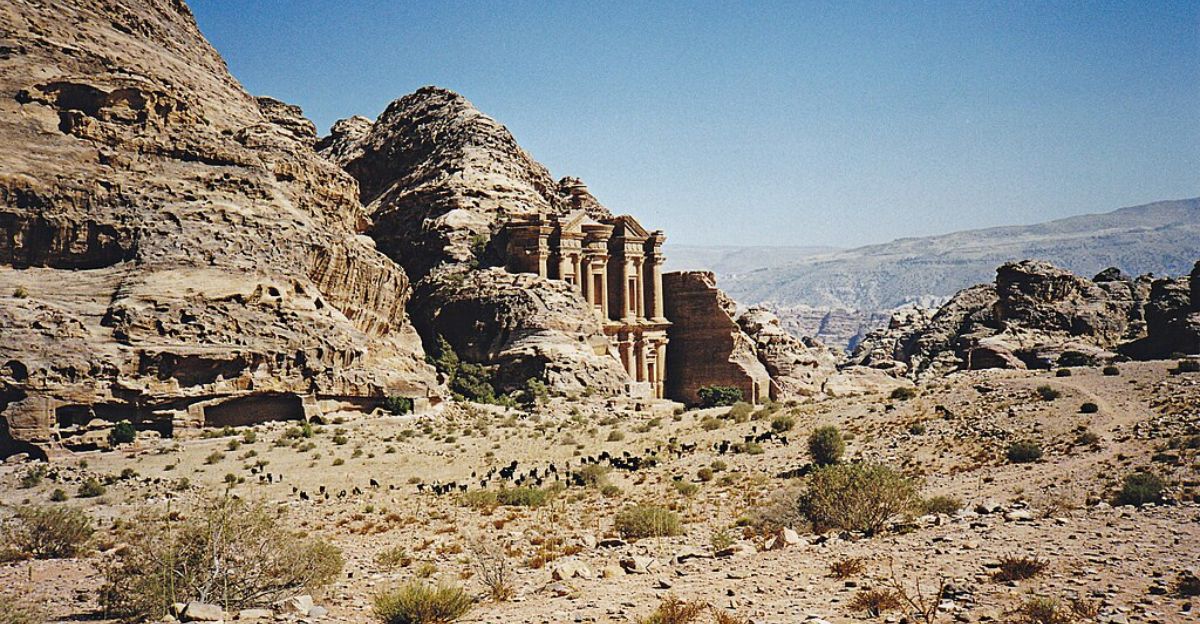
The Nabataeans supported 30,000–40,000 people with advanced water systems at Petra. They used particle-settling basins, flood-control dams, and rock-cut channels.
Precise gradient calculations allowed water to travel long distances in the desert. Their methods enabled urban life in harsh conditions and influenced hydraulic engineering for centuries, showing innovation in resource management under extreme challenges.
#3 Khmer
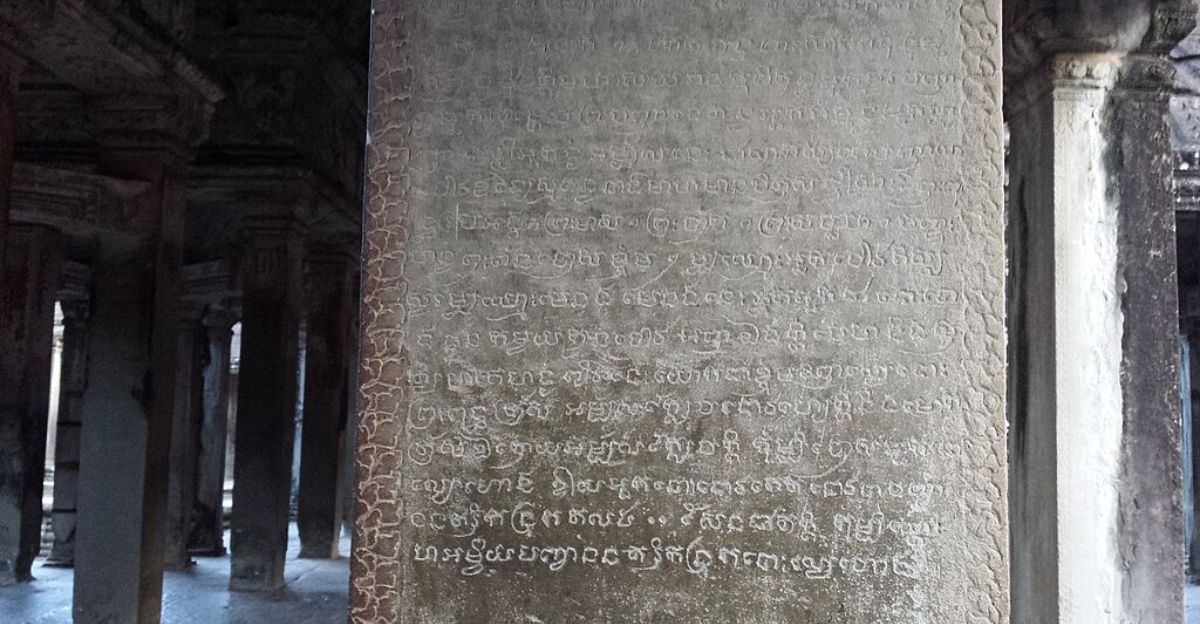
LiDAR scans reveal Angkor’s urban complex covered 1,000+ square kilometers. Canals, reservoirs, and overflow systems supported intensive agriculture.
The West Baray held 53 million cubic meters of water, allowing one million people to thrive. This infrastructure lasted over 500 years. Khmer engineers created a pre-industrial city that combined farming, water management, and urban life on an unprecedented scale.
#2 Maya
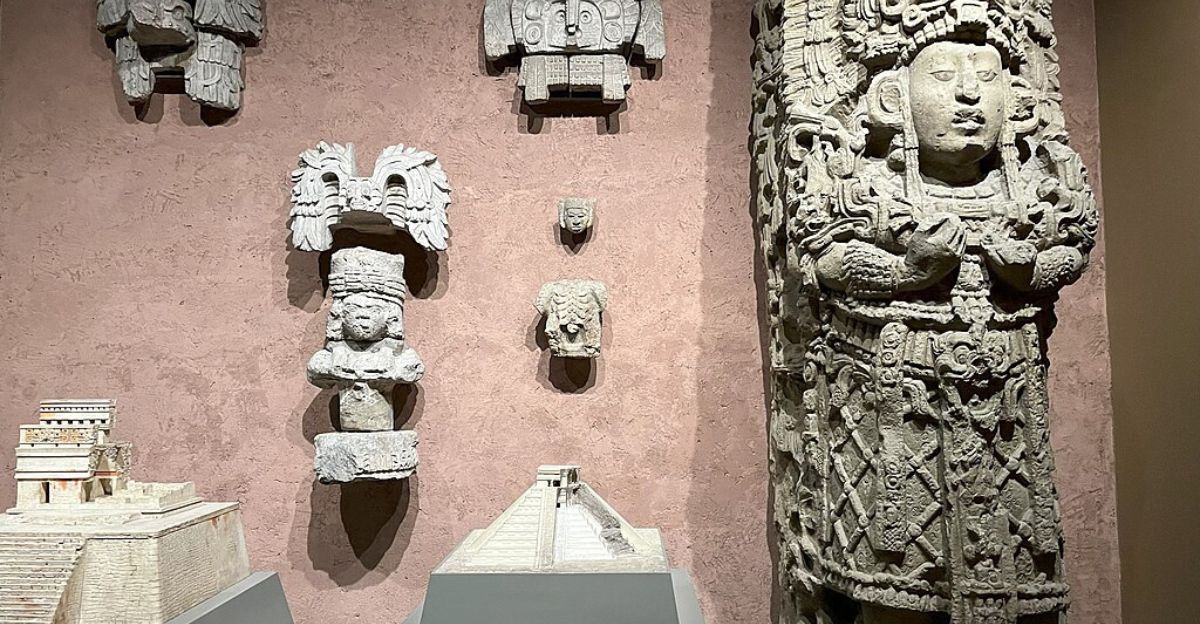
The Maya developed a positional number system with zero, essential for complex calculations. Their Long Count calendar tracked dates over thousands of years.
Venus observations were accurate over centuries, showing 5 Venus years = 8 solar years = 2,920 days. Archaeological evidence shows they corrected calculations for long-term accuracy. Maya math guided architecture, astronomy, and ritual life, leaving a scientific legacy that still amazes.
#1 Indus Valley
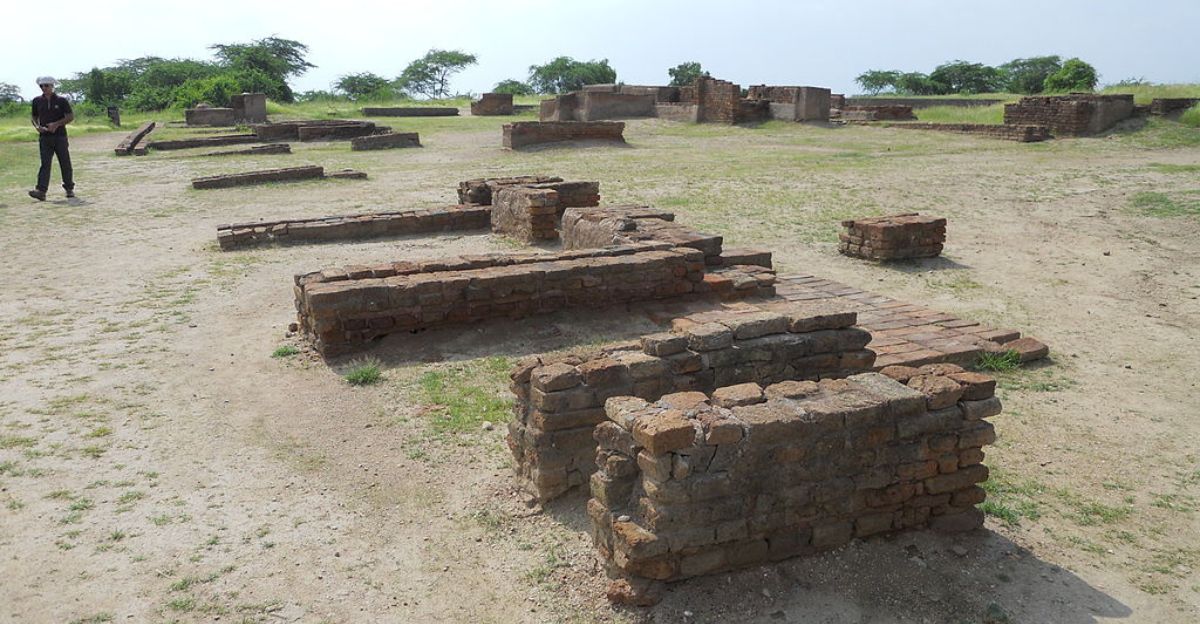
Indus Valley cities (c. 3300–1300 BCE) had standardized measurements, grid streets, and covered sewers. Private bathrooms connected to main drains, and the Great Bath used waterproofing.
No palaces suggest social equality across cities spanning 350,000 square miles. These urban principles influenced city planning across time. Indus Valley engineers created functional, sustainable cities that became a model for urban life for centuries.
Why Civilizations Vanish
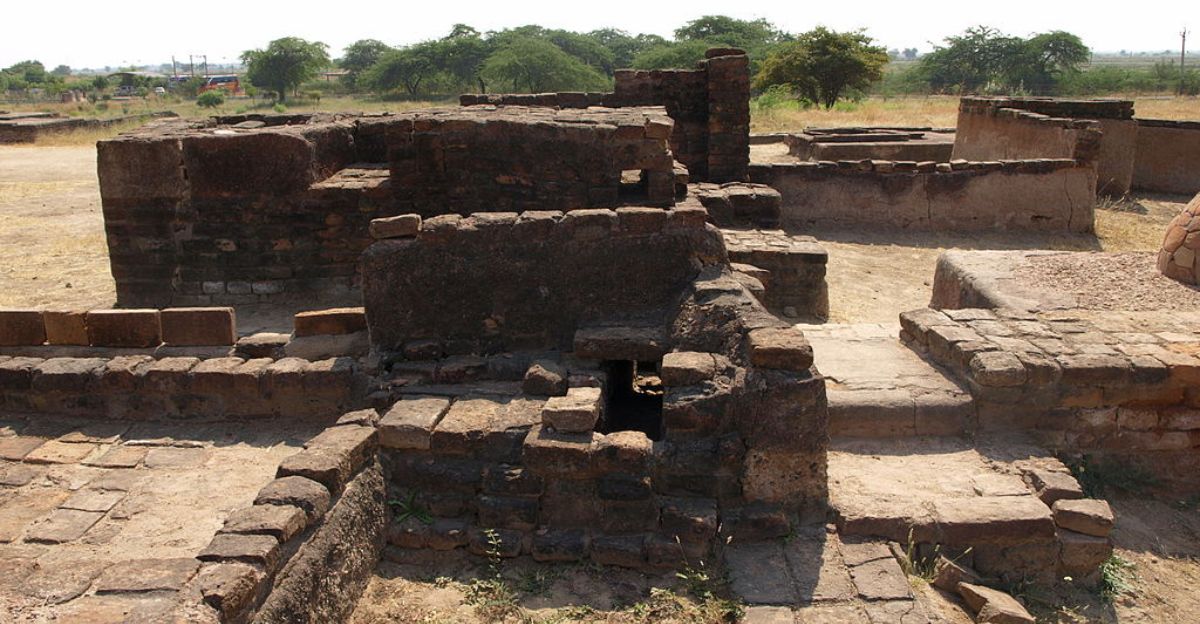
Civilizations changed due to multiple factors like climate, flooding, and drought. Tiwanaku faced aridity, and Angkor struggled with water management.
Recent studies show many “collapses” were migrations or transformations, not extinctions. Rapa Nui’s decline came from European contact, not environmental disaster. Understanding these factors helps explain how societies adapt, survive, or transform when faced with challenges.
Leaders We Barely Know
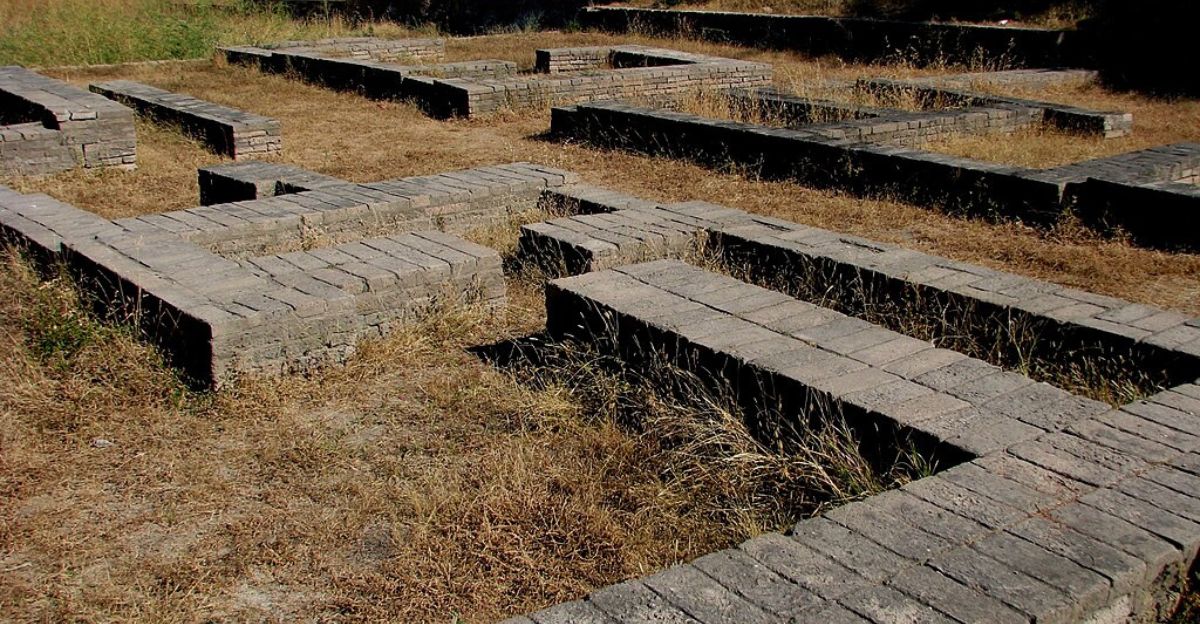
Cahokian leaders organized massive construction projects. Maya astronomer-priests kept records over centuries. Khmer engineers modified water systems across generations.
Nabataean trade networks required complex administration. Individual names may be lost, but achievements show effective governance, planning, and knowledge transfer. Leadership in ancient civilizations was key to their success and lasting influence.
Ancient Ideas Still Shape Us
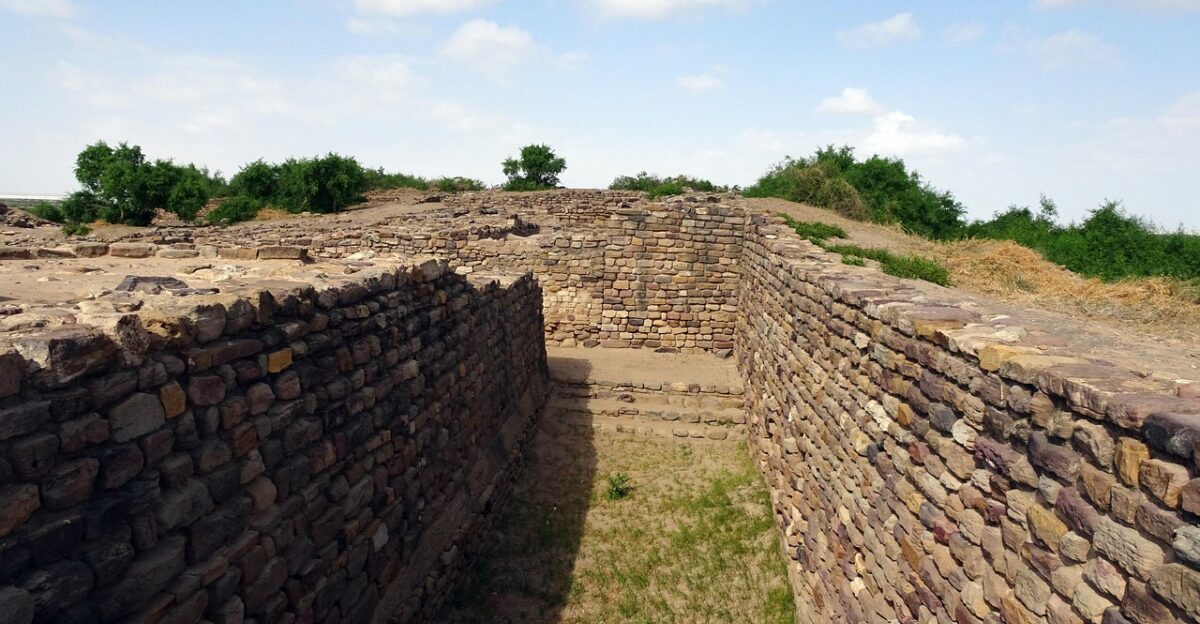
Indus Valley urban planning principles remain in modern city grids. Hittite laws inspired proportional punishment. Maya mathematics underpins modern computing.
Water management principles from Nabataeans and Khmer inform contemporary hydraulic engineering. Ancient innovations continue to guide modern society. Understanding these connections shows that our world still runs on the ideas and systems of civilizations long gone.
The Legacy That Never Dies
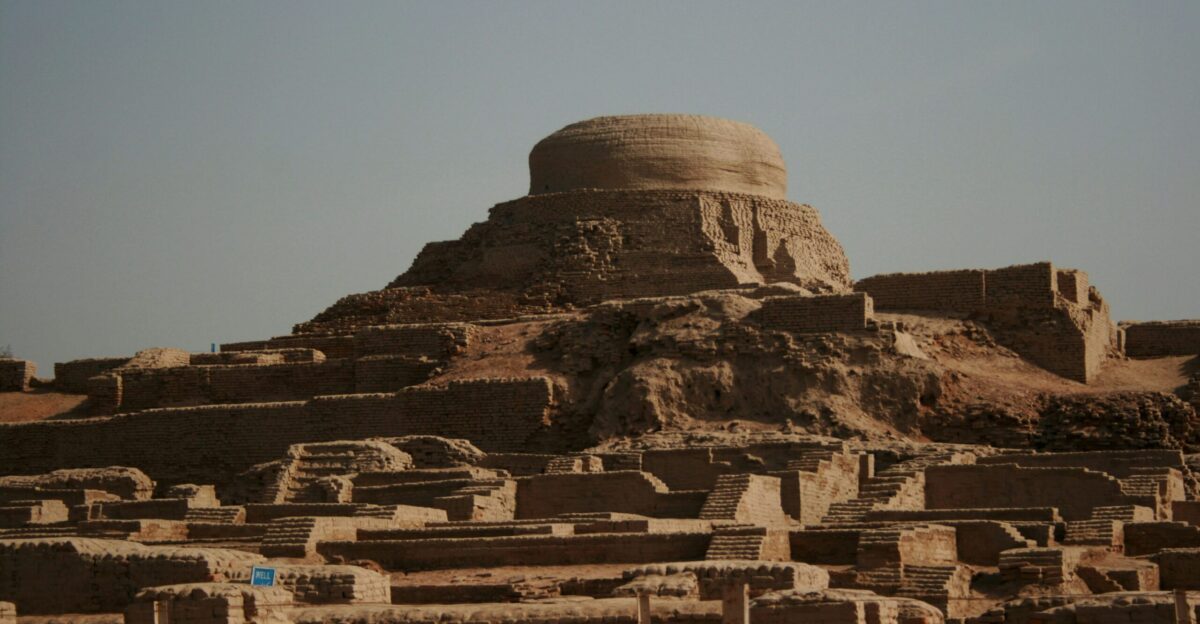
These civilizations left enduring innovations. Indus cities, Maya mathematics, Nabataean water systems, and Khmer hydraulics shaped modern society.
Their technologies addressed universal needs like water, food, shelter, and organization. Monuments are impressive, but their true legacy is in practical systems that became fundamental to human life. The vanished still shape tomorrow through the foundations they created.